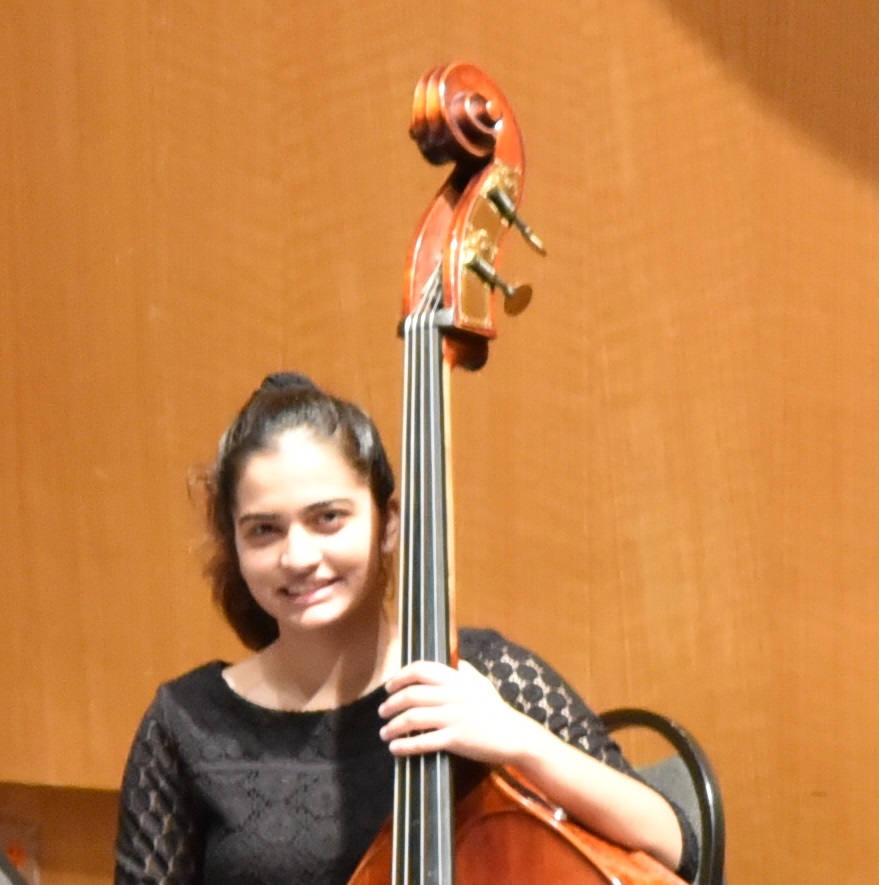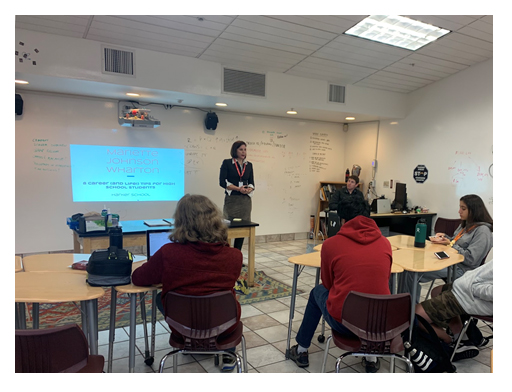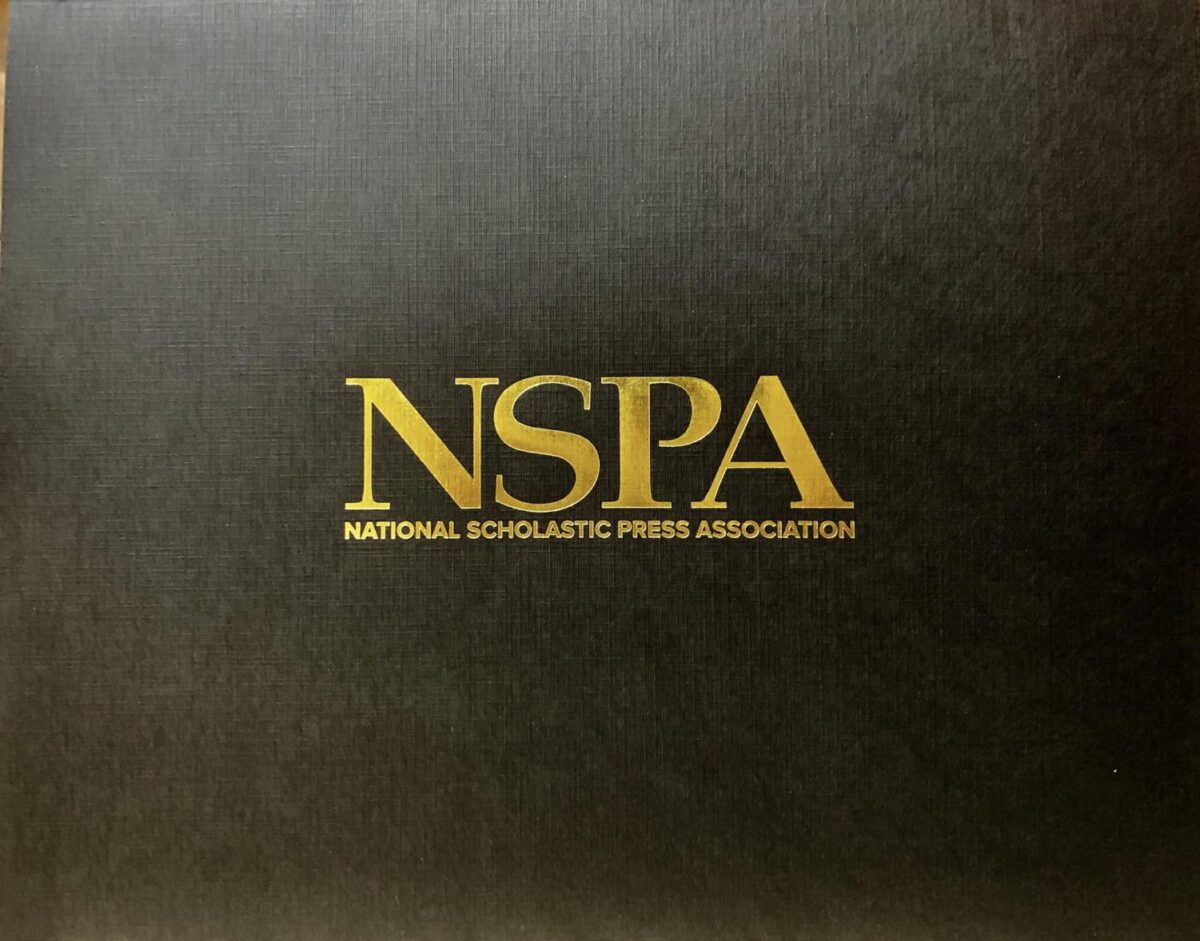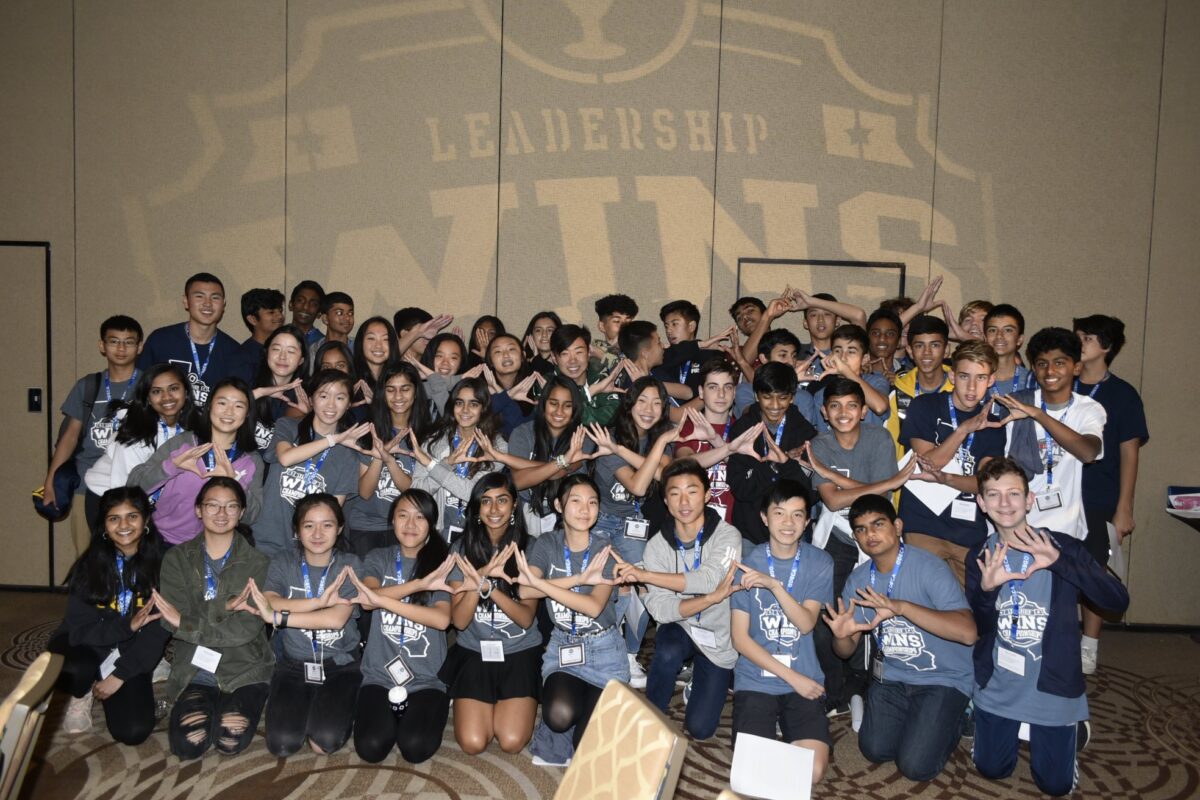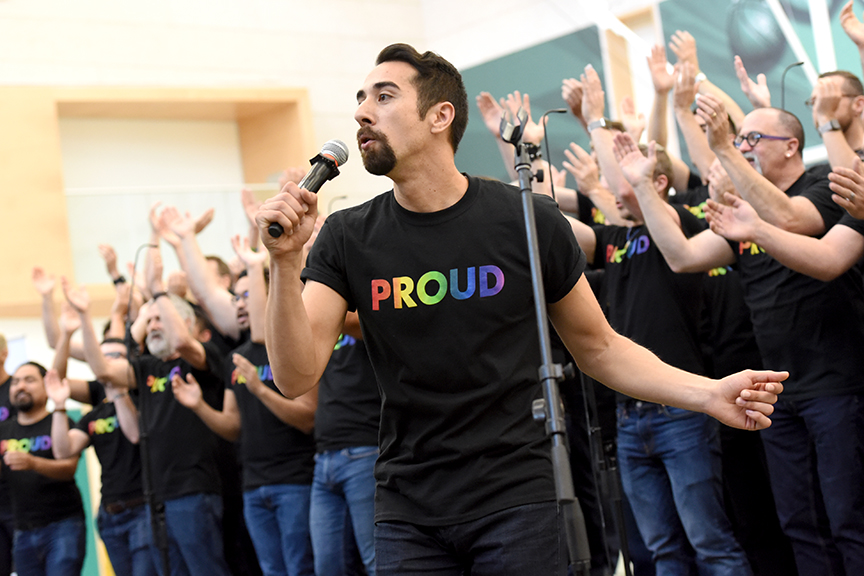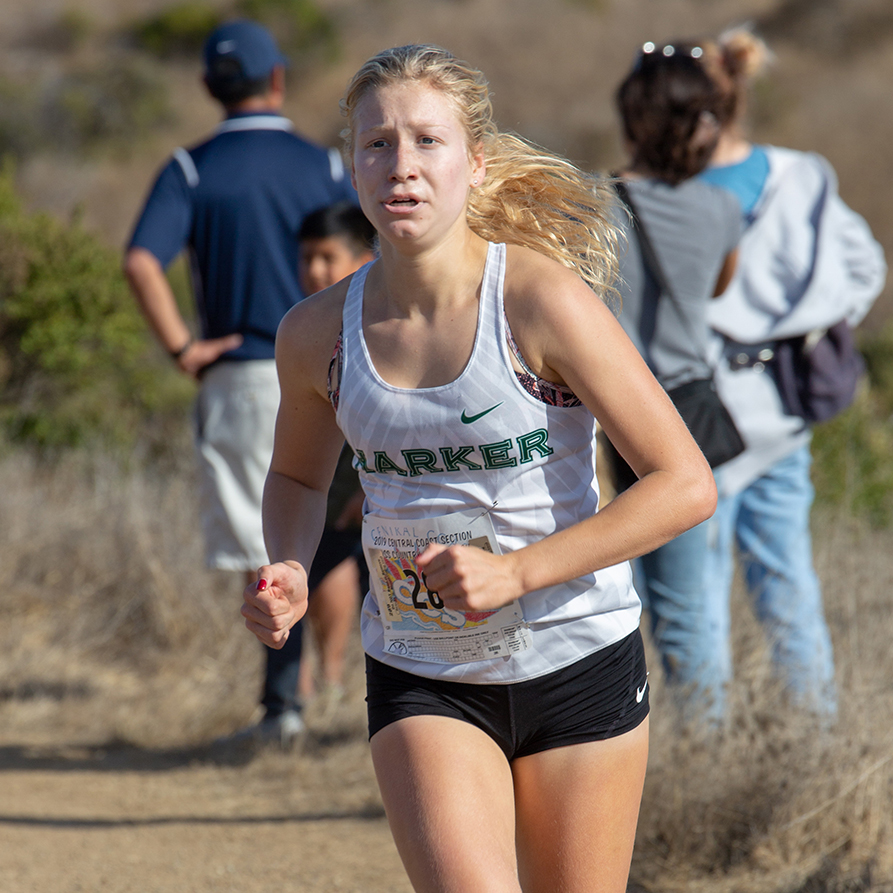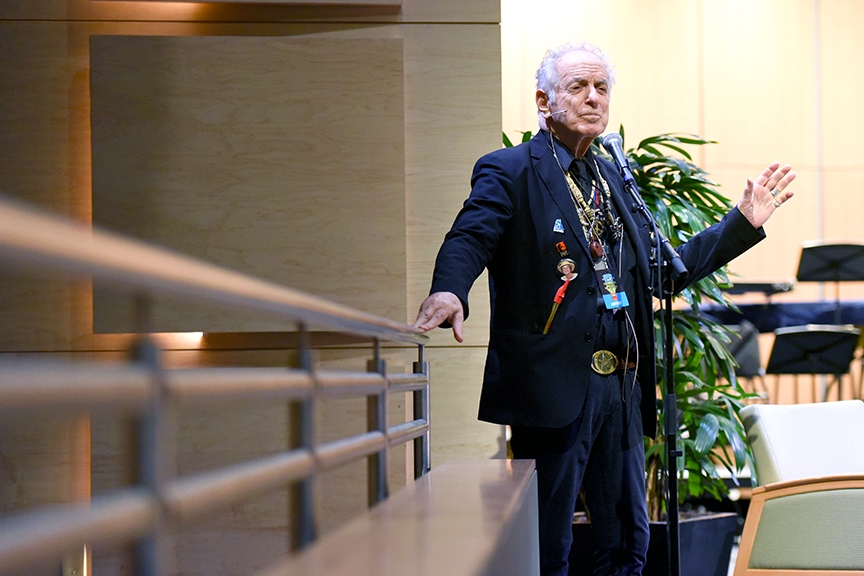In this year’s National Young Composers Challenge, junior Anika Fuloria was named a finalist in the full orchestra category for her piece, titled “Worker 21486 – Life and Death in the Hive.”
eweekly
Alumna ’14 garners scholarship to build relationships with China
Mary Liu ’14, who currently works in the office of Congressman Ro Khanna, has been awarded a Schwarzman Scholarship.
Entrepreneur speaks to CareerConnect group
In early December, CareerConnect held a professionalism speaker event featuring Mariette Wharton, renowned social and business entrepreneur.
In the News: November 2019
Each month Harker publishes articles that mention the school, students or faculty.
Harker journalism wins third NSPA Pacemaker award in Washington, D.C.
Harker journalism students attended the Journalism Education Association and National Scholastic Press Association’s Fall High School Journalism Convention, where the Winged Post newspaper received an NSPA Pacemaker award.
DECA chapter takes on Fall Leadership Development Conference
Over 50 students traveled to Anaheim for California DECA’s first Fall Leadership Development Conference (FLDC) in early November, giving new members a closer look at three DECA industry clusters in a noncompetitive environment.
San Francisco Gay Men’s Chorus brings RHYTHM assemblies to middle and upper schools
RHYTHM – a youth outreach organization formed by the San Francisco Gay Men’s Choir – made a special visit to Harker’s middle and upper school campuses to perform at a pair of assemblies.
Pajama day preschoolers learn about being thankful and giving on cozy day
Acorn Cottage at The Harker Preschool had pajama day, last week and everyone got comfortable!
Runner Weirich and girls tennis team make Harker history
Legendary composer David Amram shares life and music at Harker Speaker Series
On Friday night, the Harker Speaker Series hosted a special evening with legendary composer David Amram, who has collaborated with many of the 20th century’s most influential cultural figures, including Jack Kerouac, Bob Dylan, Hunter S. Thompson and Leonard Bernstein.
